- Private car and driver in Delhi / India
- +91-8447445445
- info@discoverindiabycar.com sugar.ankit@yahoo.com
 +91-9818434712
+91-9818434712
Explore the Famous Temples in Delhi: A Guide to Must-Visit Spiritual Landmarks
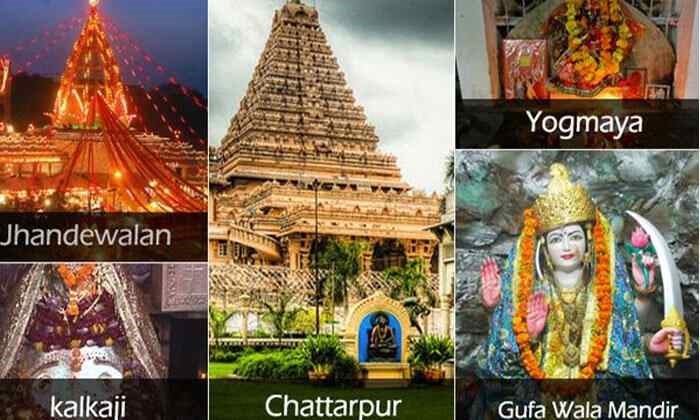
Many exquisitely built temples may be found in the city that serves as both India’s capital and a veritable gold mine of sacred sites. Not every one of these temples has the same level of reputation; some are known for fulfilling wishes, while others are well-known for their exquisite architecture. While you’re learning about the allure of “Dilli,” here are several breathtaking temples that you shouldn’t pass up. However, before you make your travel arrangements, check into inexpensive flights to Delhi. If you choose this, the amount of money needed for this trip will be less.
The Akshardham Temple
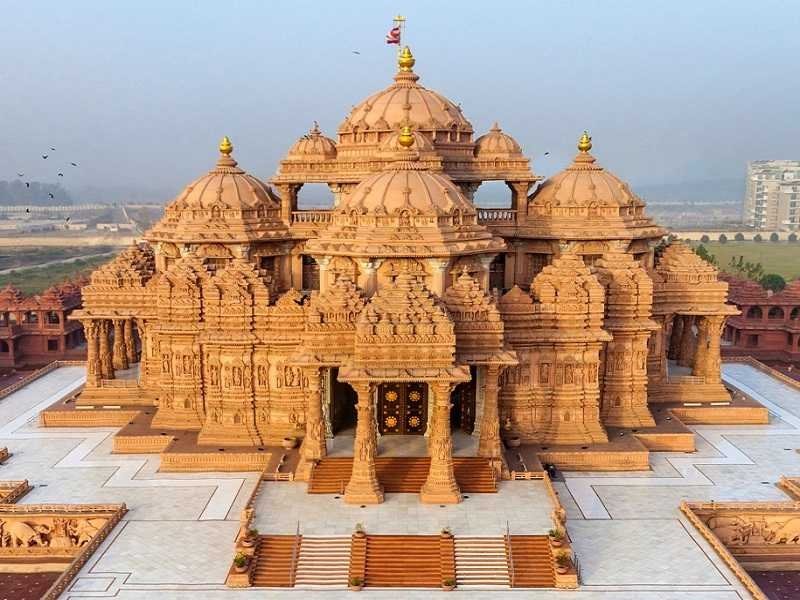
It is imperative that you visit this Delhi temple. Located on National Highway 24, the Akshardham Temple is both a center of worship and a breath-taking architectural marvel. It is conveniently close to the Common Wealth Games Village. Furthermore, the temple honors the devotee of Swaminarayan Akshardham. The grounds of this temple, which are a part of a much bigger complex that also includes the gardens, host beautiful light and music events every night. You can also browse the extensive collection of Indian antiques here with ease.
Bhairav Temple
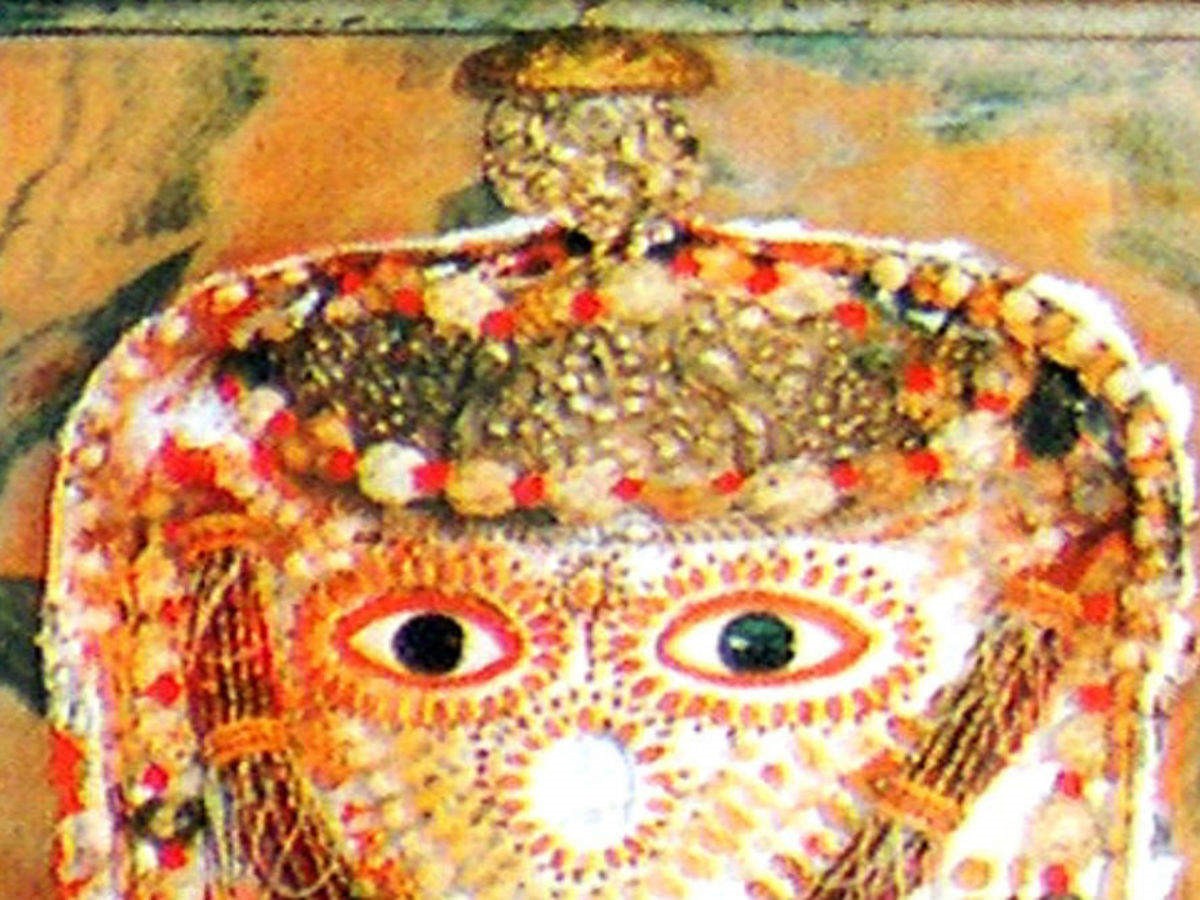
Tucked away in the environs of Pragati Maidan, the backyard of the Old Fort, lies the Shri Kilkari Bhairav Temple, also known as the Bhairon Temple. The temple is unique from others, according to the locals, who claim that the Pandavas built it and that wine can be offered to the god known as “Bhairon.” Bhairav is worshipped in two different temples, one located in Kilkari and the other in Doodhiya. While those who worship at the Kilkari Bhairav Temple supply alcohol, those who worship the idol at the Doodhiya Bhairav Temple bring milk. The strong Pandava Bheem prayed at this temple and obtained siddhis, which is another amazing event associated with it.
Lotus Temple

The Lotus Temple, which is currently one of Delhi’s most well-known religious buildings, was the catalyst for everything in 1986. The Lotus Temple in Delhi, originally reported to have cost ten million dollars, was constructed for the Baha’i community. This temple is accessible to all people nowadays; no particular religion is required to visit. This marvel of architecture can hold 2,500 people as it stands. The Lotus Temple in Delhi is adorned with twenty-seven marble petals today. One is allowed to pray, sing, and chant in the temple, which is a hallowed space.
The Gauri Shankar Temple
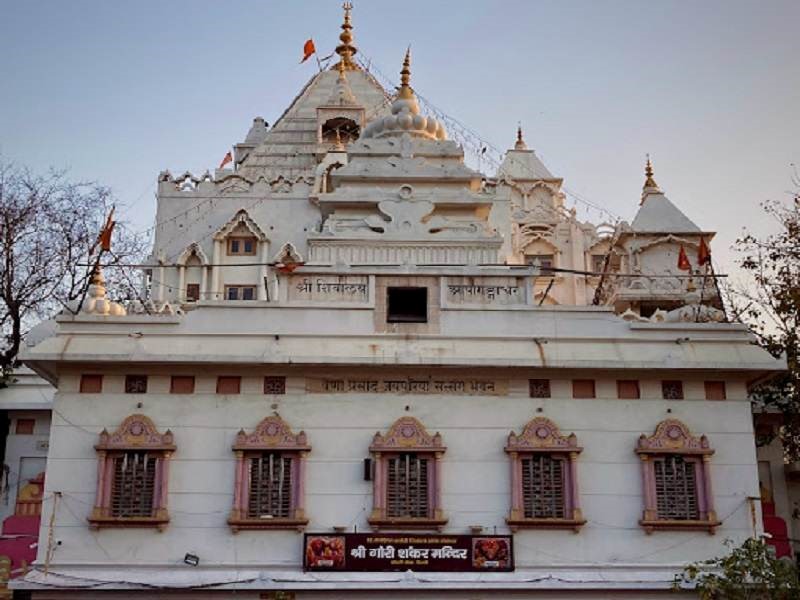
Another ancient temple can be seen not far from the Digambar Jain Temple on the busy Chandni Chowk Road. This temple is said to have been constructed by a soldier who made a self-promise to himself while recovering from his battle injuries. It is an interesting anecdote about the temple. One of Delhi’s most sacred locations is this temple. In addition, Mondays are a busy day for worshippers at the temple.
Hanuman Mandir, Jhandewalan
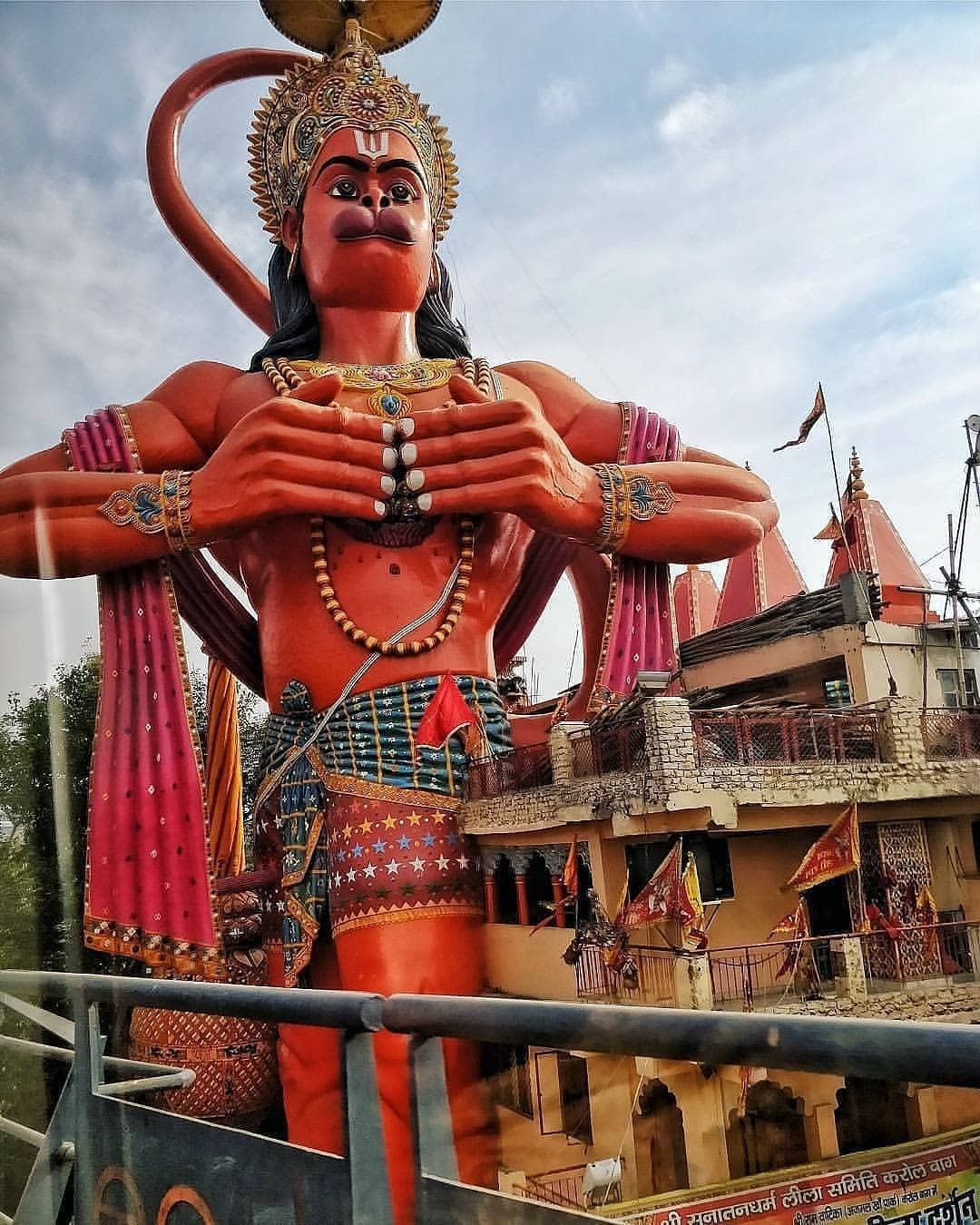
This charming shrine, another well-known temple in Delhi, is immediately recognized by its 108-foot-tall statue of Lord Hanuman. This monument may be viewed from the metro stations of Jhandewalan and Karol Bagh. Though the temple is open seven days a week, Tuesdays are generally full. The peculiar entrance of this temple, which resembles the form of the god’s lips, is one of the things that attracts believers to it. This is simply one additional feature that attracts visitors to this shrine.
Sai Baba Mandir, Lodhi Road
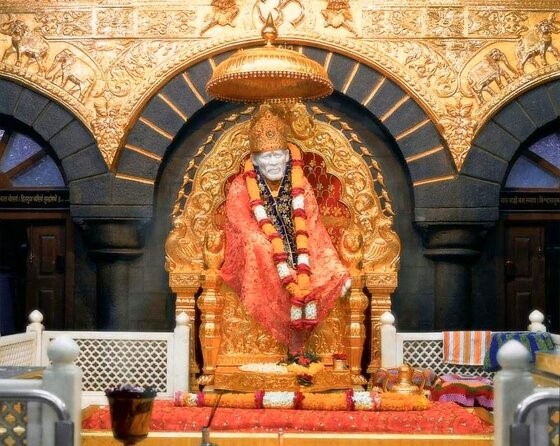
The Sai Baba Mandir, located on Lodhi Road, is one of the oldest temples dedicated to Sai Baba. Since the temple’s construction, a number of devotees have stated that they have seen Sai Baba’s celestial presence numerous times. This building has a tremendous deal of simplicity. A large statue of Sai Baba is also kept in the temple’s main hall. Devotees pay homage to the statue by presenting it with flowers and chadar. Every Thursday, a sizable crowd of devotees assemble at the temple to demonstrate their respect.
Shri Jagannath Mandir, Hauz Khas
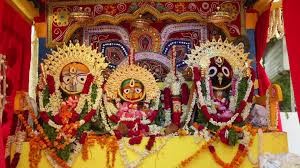
This shrine appears to be an exact replica of the Old Jagannath shrine in Puri, which is tucked away in Hauz Khas. Since Lord Jagannath is the most venerated god in the area, the Oriya people hold a great deal of reverence for the temple. The temple is home to the Sudarshan Chakra, Balabhadra, and Maa Subhadra’s idols in addition to Jagannath’s. The temple is a beautiful destination to visit during the Rath Yatra festival, when it is decked with tremendous pomp and circumstance.
Shri Sheetla Mata Mandir
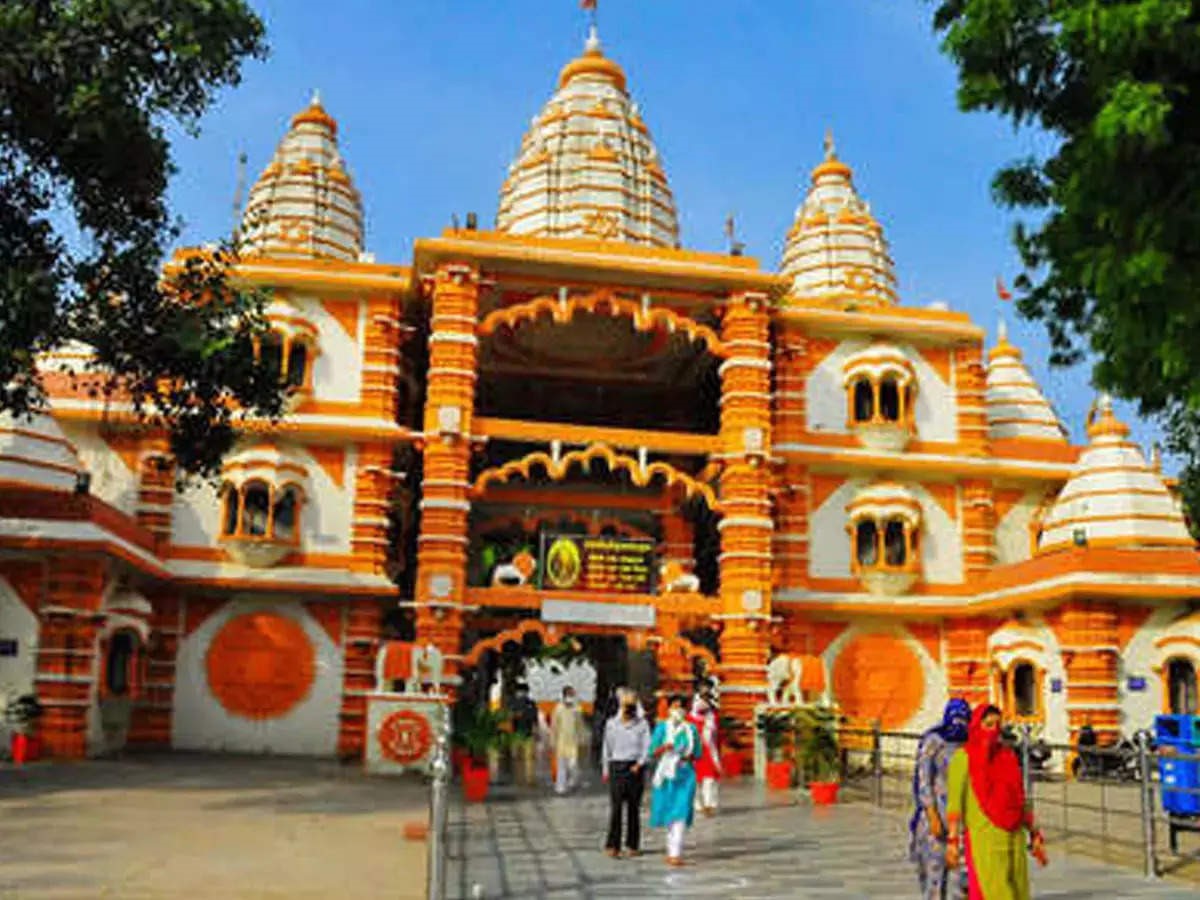
It is situated close to the Gurgaon Railway Station on Sheetla Mata Road. The goddess worshipped here is Sheetla Mata, the spouse of Guru Dronacharya, and one of the most well-known temples in the Delhi area. Even so, given its size, the temple is located in a very busy part of the city. Additionally, visitors to the temple are only permitted to offer flowers and pray from a designated distance—they are not permitted to touch the idol in any way.
The ISKCON Temple
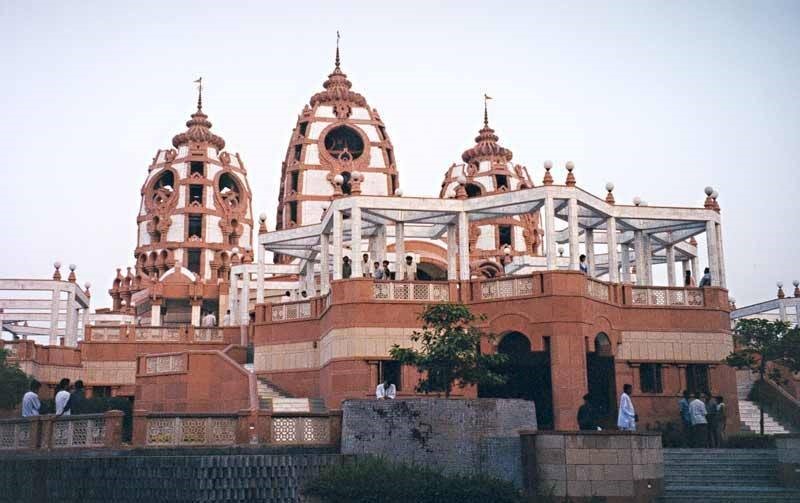
The International Society for the Knowledge of God (ISKCON) temple in Delhi is well-known for its enormous building, which is considered an architectural marvel, but it also has religious importance. This edifice, on Hare Krishna Hill southeast of Kailash, was designed by the renowned architect Achyut Kanvinde. A large hall with landscapes engraved on it that represent scenes from the well-known epic Mahabharata is located inside the temple. For the advantage of devotees, translations of the Bhagavad Gita into various languages are also sold by the temple’s museum.
Shri Digambar Jain Lal Mandir
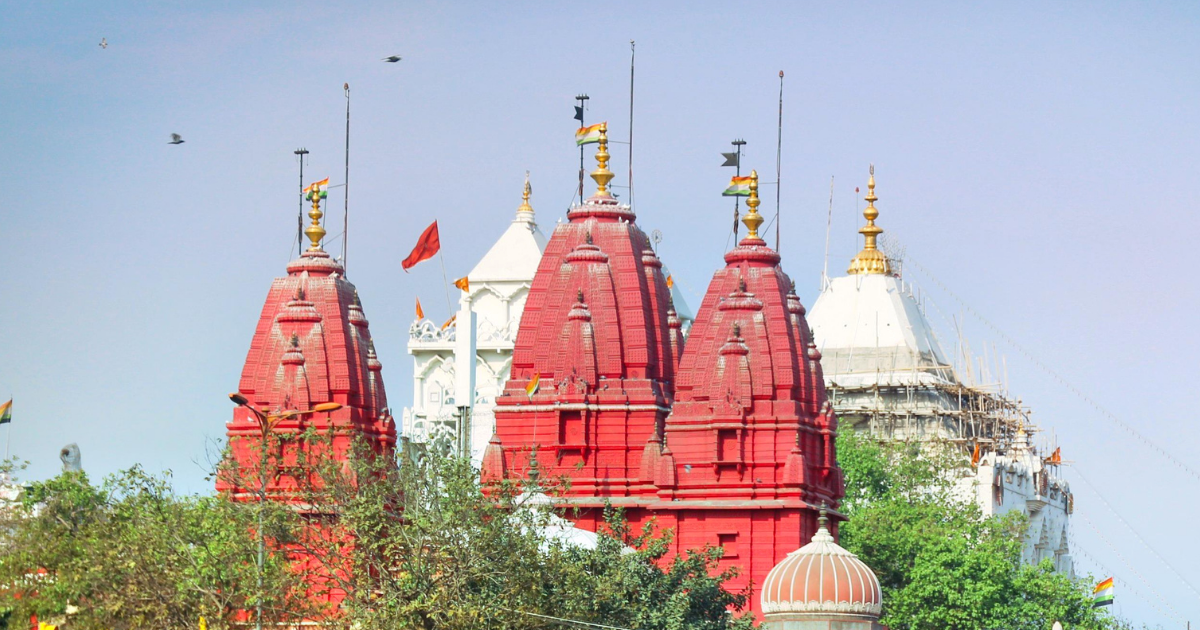
Another unquestionably crimson structure in Old Delhi is unquestionably following in the footsteps of the red Fort. Opposite the Lal Qila, this red-stone shrine is all the way from the 17th century. It is one of the largest and most well-known Jain temples in the city. The shrine’s three main halls are adorned with sculptures of many Tirthankars. These sculptures feature the two most well-known figures: Lord Mahavira and Lord Adinath.
Chhatarpur Mandir
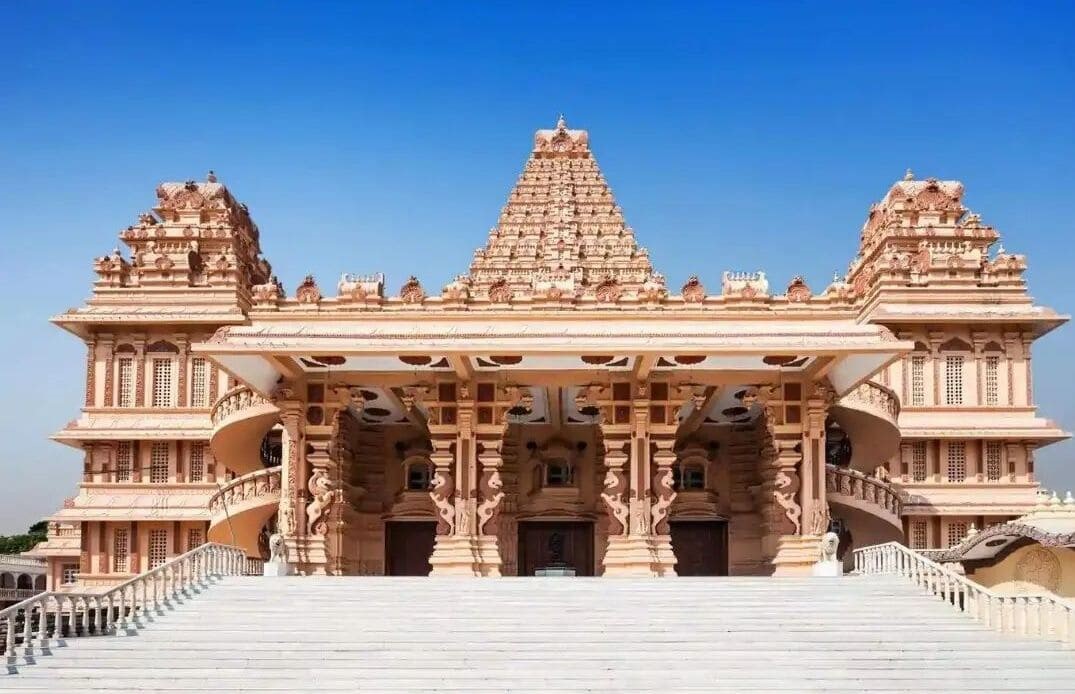
Another well-known monument in Delhi is the Chhatarpur temple, which is remarkable for having an incredible collection of buildings within. The enormous temple, which is seventy acres in size and has an intricate architectural style, is devoted to the goddess Katyayani. The complex of twenty main and smaller temples is home to images of Hindu gods such as Laxmi, Radha-Krishna, Lord Shiva, and Rama. The temple is a superb illustration of the architectural styles and cultural customs prevalent in Northern and Southern India. The 100-foot-tall statue of Hanuman is one of the temple’s most remarkable features.
Lakshmi Narayan Temple
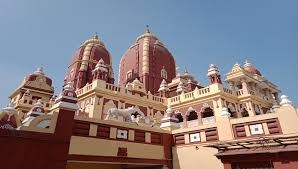
Located west of Connaught Place on Mandir Marg is a building that goes by the name Birla Mandir. Dedicated to the goddess Lakshmi and Vishnu, the temple was built in the 1930s by renowned businessman B.D. Birla. The most remarkable features of this temple are the elaborate carvings on the walls and pillars, as well as the lovely garden with its man-made tunnels, cascading waterfalls and fountains, and a life-size horse-drawn chariot.
Conclusion
Delhi is home to some of the most striking and highly advanced examples of these preserves. Plus, a trip to the nation’s capital would not be complete without visiting these intriguing intersections of science and religion.
FAQs
Q1. What is the renowned Temple of Delhi?
A. Bira Mandir is among the most well-known temples in Delhi. This temple, which is close to Connaught Place, commemorates the goddess Lakshmi and the god Vishnu.
Q2. Who founded Akshardham temple Delhi?
A. The Akshardham Temple in Delhi was built with the assistance of a thousand and one volunteers from the Bochasanwasi Shri Akshar Purushottam Swaminarayan Sanstha (BAPS). After five years of construction, HDH Pramukh Swami Maharaj blessed this temple.
Q3. What are the places you can roam in Delhi?
A. Here is a list of some of Delhi’s must-see sights, including Humayun’s Tomb, Qutub Minar, Red Fort, National Zoological Park, and Chafni Chowk.











